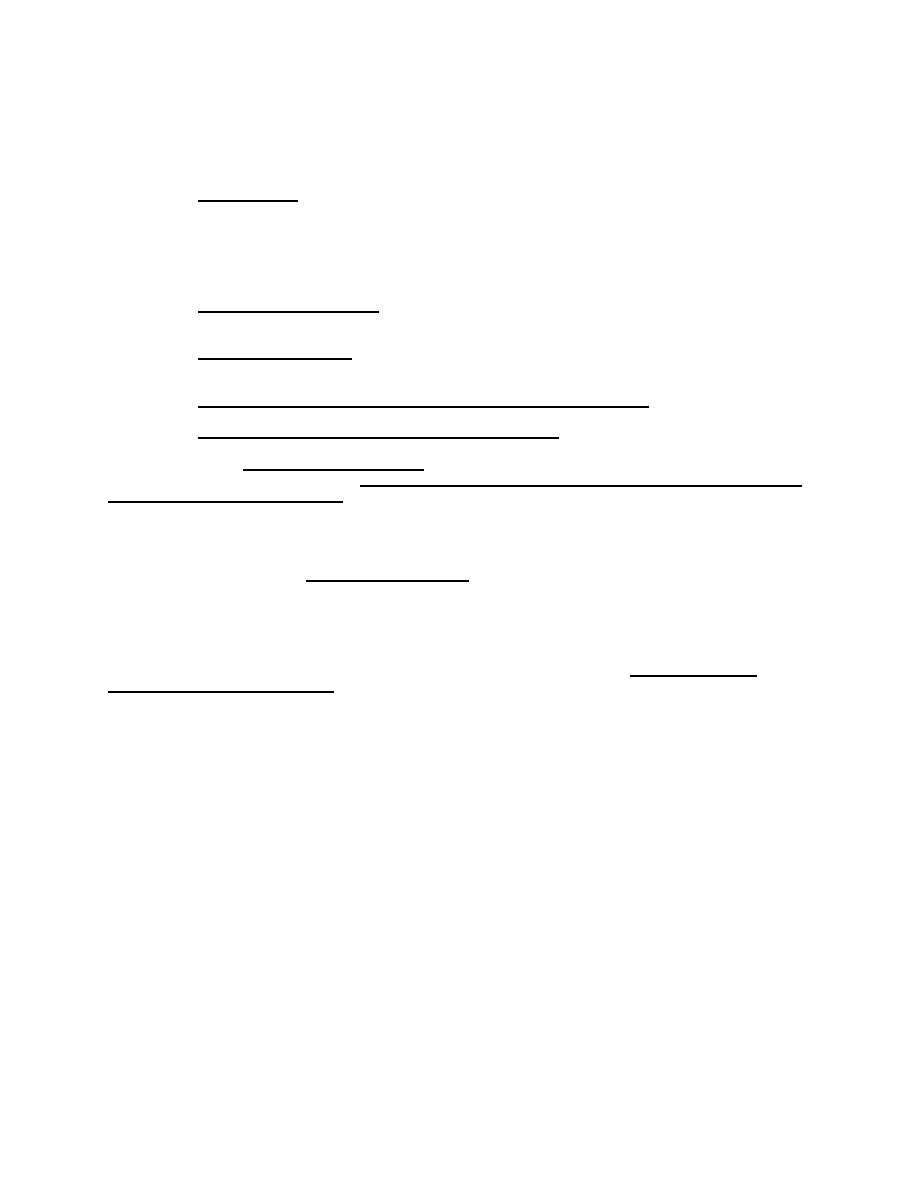

Custom Search
|
|

|
||
 MIL-HDBK-1013/1A
Strongrooms. A strongroom is an interior space enclosed by, or
5.4.3
separated from, other similar spaces by four walls, a ceiling, and a floor,
all of which are normally constructed of solid building materials. A
strongroom would be appropriate for storage of highly pilferable items and
property of high value, e.g., electronics equipment. Classified items are
generally stored in vaults.
5.4.3.1
Minimum Construction. Minimum construction requirements for
strongrooms are summarized in Table 12.
Penetration Times. Minimum penetration times for the four threat
5.4.3.2
levels are also provided in Table 12.
5.4.4
Arms, Ammunition, and Explosives (AA&E) Facilities
5.4.4.1
Minimum Requirements for AA&E Facilities
1)
Minimum Construction. Minimum construction requirements are
specified in DoD 5100.76-M, Physical Security of Sensitive Conventional Arms,
Ammunition, and Explosives. These requirements are summarized in Table 13
for security Risk Categories I through IV for Ammunition and Explosives.
Table 14 applies to Risk Categories II through IV and non-earth-covered
magazines. The security risk categories are defined in Table 15.
a) Walls/Floors/Roofs. Walls, floors, and roofs are to be
a minimum of 8-inch (200-mm) concrete reinforced with two grids of No. 4
(12.7-mm) rebar on 9-inch (225-mm) centers; or 8-inch (200-mm)
filled-concrete block reinforced with No. 4 bars (12.7 mm); or 8-inch
(200-mm) interlocked brick. In addition, DoD 5100.76M requires that security
Risk Categories I and bulk explosives of II (Table 15) magazine construction
be acceptable for storage as specified in DoD 5154.4, the Ammunition and
Explosive Safety Standard. To achieve explosive safety based on DoD 5154.4,
the following magazine headwall construction is most commonly used:
12 inches (300 mm) of concrete reinforced with two grids
of No. 6 (19-mm) steel bars spaced 12 inches (300 mm)
apart, both horizontally and vertically and staggered
each face to form a grid approximately 6 inches (150 mm)
square.
Consequently, Risk Category I and II magazines have headwalls that are
typically 12 inches (300 mm) or thicker and achieve a penetration delay time
of 26 minutes against a high-severity threat.
110
|
 
|
|
 |
||